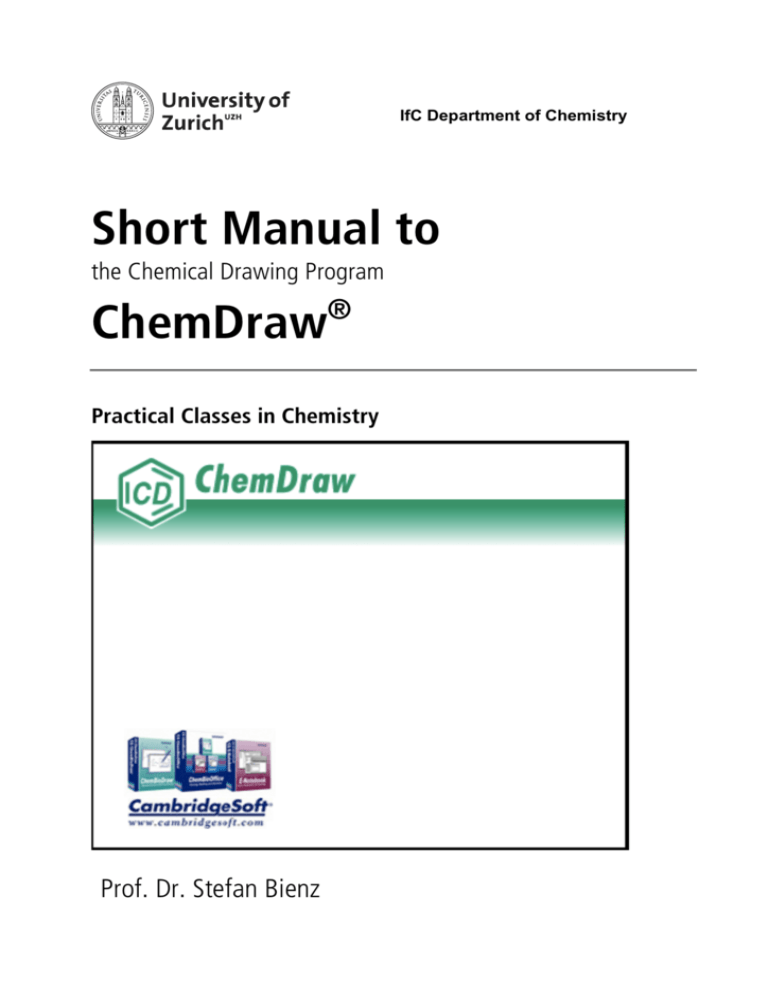

CHEM DRAW HOW TO INVERT TEXT 64 BIT

This is data pasted in from BIOVIA Draw (formerly known as ISIS/Sketch, Symyx Draw and Accelrys Draw).
CHEM DRAW HOW TO INVERT TEXT FULL
Enhanced stereochmistry definitions are read and written from ChemDoodle Documents, ChemDoodle JSON, ChemDraw files, ChemAxon Marvin Documents and MDL CT files (limited in v2000, full support in v3000). Groupings will be automatically determined via incrementation, but you may also manually define group numbers for more advanced stereochemistry queries. All stereocenters are absolute ( abs) by default. You may now define enhanced stereochemistry for chemical structures, using or and & modifiers. Additionally, you may now recover SKC data embedded in Microsoft Office documents on all operating systems.

Windows users should also consider this update, as we have rebuilt our OLE server, which is now without any known issues, and fixed filetype associations for 64 bit registry systems. Of significant interest is the ability to define, edit, input and output enhanced stereochemistry definitions to a handful of compatible file formats. Reconcilled radical IUPAC naming support with the 2005 Red Book.ĬhemDoodle 2D v11.6 is a feature update.Added the following new traditional IUPAC naming options: (1) detach hydros from the front of of base names, which will instead be treated as substituents, (2) exclude H locants on predefined heterocyclic trivial and semi-trivial systems where the hydrogen is on an unabiguous pnictogen atom as defined in the '79 Blue Book, (3) whether or not to always force the radical suffix as the final suffix, (4) disable functional group mapping, (5) use explicit cation/anion naming.Revised support for hydros and H locants.Previously, only 2 unit ring assemblies were supported. Over 10 repeating units will be named substitutively. Full support for ring assemblies (up to 10 units, max for traditional naming).Support for naming neutral and charged elements, as defined by the 2005 Red Book.This is by traditional rules with IUPAC Red Book 2005 clarifications. Both positive and negative, with differences in electrons or protons, as well as combinations of charge centers on a single molecule are supported. IUPAC naming support for ions, including radical ions.The main new feature is expert IUPAC naming support for ions, as well as other IUPAC naming features.


 0 kommentar(er)
0 kommentar(er)
